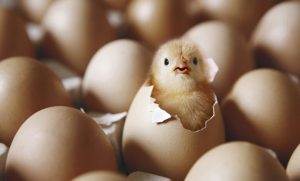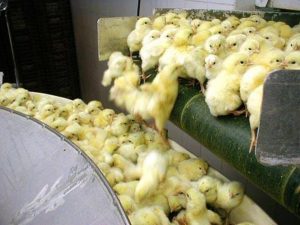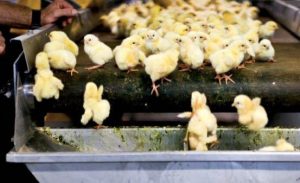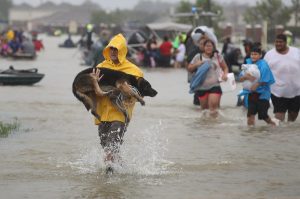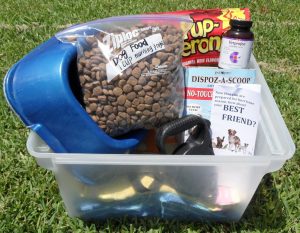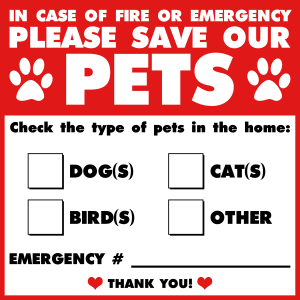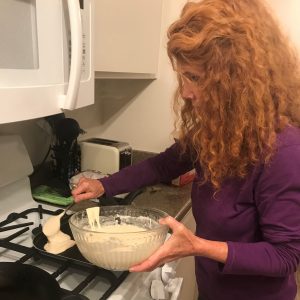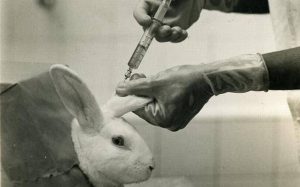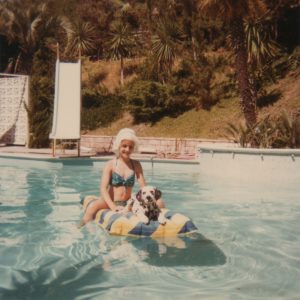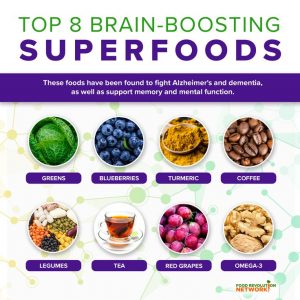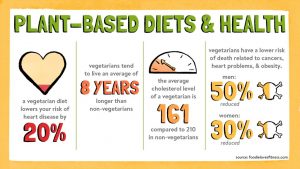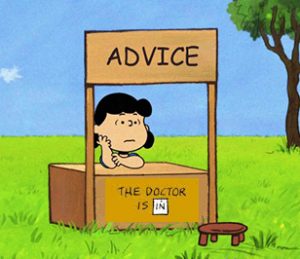In the summer of 1969, I sat for an interview on a local Los Angeles TV talk show called “Let’s Talk About.” The host of the show was Keith Walker, a sometime actor and screenwriter who would go on to write the story and screenplay for “Free Willy,” a 1993 movie about an orca who escapes from a marine park with the help of a boy. In the movie, most of Willy’s scenes were played by an animatronic orca, but some were played by a real orca named Keiko. Keiko was found by movie scouts at a run-down park in Mexico, where he lived in a tank only one foot longer than he was. The publicity from Keiko’s role in the movie led to an effort to free him back into the wild. It took until 2002, but Keiko was finally released into his native waters off Iceland. Sadly, overweight and in ill health from his years in captivity, he died one year later.
Keiko was not alone in his suffering. Aquariums and marine mammal theme parks like SeaWorld in San Diego, Orlando, and San Antonio, and Miami’s Seaquarium have long been a part of a billion-dollar industry built on misery. For intelligent, social animals, captivity in a marine park is a life sentence of loneliness, boredom, forced labor, and anguish.
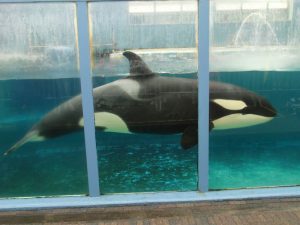 Tilikum, a star attraction at SeaWorld Orlando, died in a concrete prison 33 years after he was taken away from his family in the cold waters off Iceland. For Lolita, torn away from her family in Washington’s Puget Sound when she was just a baby, this summer will mark a half a century in the same tank at the Miami Seaquarium. An orca named Kiska, abducted from her family as a baby, has been swimming in endless circles in a cramped tank in Canada’s MarineLand in Niagara Falls for 40 years. The most famous orca of all, Shamu, was captured after her mother was harpooned and killed and she refused to leave her mother’s body. Shamu was only nine years old when she died of septicemia from unhealthy living conditions at SeaWorld San Diego.
Tilikum, a star attraction at SeaWorld Orlando, died in a concrete prison 33 years after he was taken away from his family in the cold waters off Iceland. For Lolita, torn away from her family in Washington’s Puget Sound when she was just a baby, this summer will mark a half a century in the same tank at the Miami Seaquarium. An orca named Kiska, abducted from her family as a baby, has been swimming in endless circles in a cramped tank in Canada’s MarineLand in Niagara Falls for 40 years. The most famous orca of all, Shamu, was captured after her mother was harpooned and killed and she refused to leave her mother’s body. Shamu was only nine years old when she died of septicemia from unhealthy living conditions at SeaWorld San Diego.
 Frequently housed with incompatible tankmates, dolphins, whales, and other marine mammals are often drugged in order to manage stress-induced aggressive behavior and relieve the monotony of swimming in endless circles. They break their teeth chewing on the metal bars and concrete sides of their tanks and are forced to perform ridiculous and unnatural tricks for tourists in exchange for food—all in the name of “entertainment.”
Frequently housed with incompatible tankmates, dolphins, whales, and other marine mammals are often drugged in order to manage stress-induced aggressive behavior and relieve the monotony of swimming in endless circles. They break their teeth chewing on the metal bars and concrete sides of their tanks and are forced to perform ridiculous and unnatural tricks for tourists in exchange for food—all in the name of “entertainment.”
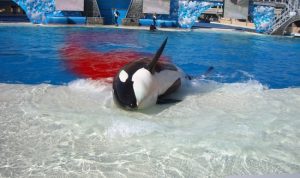 While wild female orcas can live to be more than 100 years old, orcas at SeaWorld often die by the time they reach their teens and rarely approach even the average life expectancy of wild orcas. More than 40 orcas have died at SeaWorld from causes such as bacterial infections and fractured skulls. More than 300 other dolphins and whales along with approximately 400 pinnipeds (seals, sea lions, and walruses) have also died at the parks.
While wild female orcas can live to be more than 100 years old, orcas at SeaWorld often die by the time they reach their teens and rarely approach even the average life expectancy of wild orcas. More than 40 orcas have died at SeaWorld from causes such as bacterial infections and fractured skulls. More than 300 other dolphins and whales along with approximately 400 pinnipeds (seals, sea lions, and walruses) have also died at the parks.
“Touch tanks” as well as “swim with dolphins” and “paint with dolphins” programs allow the public to pet, kiss, paint with, or even ride these animals. Such programs invade the animals’ already diminished worlds and are intrusive, stressful, and even dangerous for them, as well as being risky for human participants.
 Animals in “petting pools” are frequently exposed to foreign bacteria and other pathogens, and they can become anxious, frustrated, aggressive, and even neurotic as a result of being confined to shallow tanks and exposed to constant interaction with humans. Members of the public have been injured at SeaWorld’s dolphin-petting pools.
Animals in “petting pools” are frequently exposed to foreign bacteria and other pathogens, and they can become anxious, frustrated, aggressive, and even neurotic as a result of being confined to shallow tanks and exposed to constant interaction with humans. Members of the public have been injured at SeaWorld’s dolphin-petting pools.
Even programs that enable people to swim with dolphins in nature can be invasive. Boats and swimmers may chase, harass, and scare them, interfering with their natural feeding, resting, migrating, and playing behavior. Dolphins may be smart and sociable animals, but they don’t want to swim with you any more than you want a strange family to show up at your house for supper and hang around all evening.
Captive marine mammals have some federal protections in the U.S., but enforcement is lax. There are simply too many animal exhibitors for the limited number of U.S. Department of Agriculture inspectors – as of February 2020, there were only 104 inspectors for 12,851 facilities. Even when exhibitors are cited for violating the federal Animal Welfare Act, they are rarely assessed fines or meaningful penalties.
The world is moving away from keeping intelligent, sensitive cetaceans in captivity. In the U.S., the National Aquarium is building a seaside sanctuary – a safe ocean cove in which marine mammals can be released into a protected area of the sea to dive deep, feel the ocean currents, and finally live like they should, all while still receiving care, food, and veterinary support. Two whales have been moved from a marine park in China to a seaside sanctuary in Iceland, and The Whale Sanctuary Project just announced plans for a seaside sanctuary for rescued orcas and belugas in Nova Scotia, Canada.
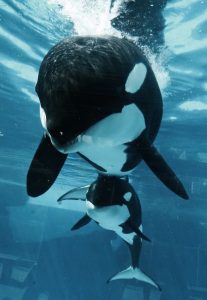 Please don’t spend your money at marine parks and aquariums that keep ocean animals in captivity. Encourage them to create more space for rehabilitating (and releasing) injured wildlife by refusing to breed more animals. Pressure government officials not to subsidize these facilities with taxpayer money, and support legislation that prohibits the capture or restricts the display of marine mammals.
Please don’t spend your money at marine parks and aquariums that keep ocean animals in captivity. Encourage them to create more space for rehabilitating (and releasing) injured wildlife by refusing to breed more animals. Pressure government officials not to subsidize these facilities with taxpayer money, and support legislation that prohibits the capture or restricts the display of marine mammals.
Please join me in urging SeaWorld and other marine parks to stop imprisoning animals and to relocate the orcas, bottlenose dolphins, and other animals to seaside sanctuaries, where they can thrive in the enrichment and diversity of the sea while still receiving the care that they require.
Peace to ALL the animals with whom we share this planet.





